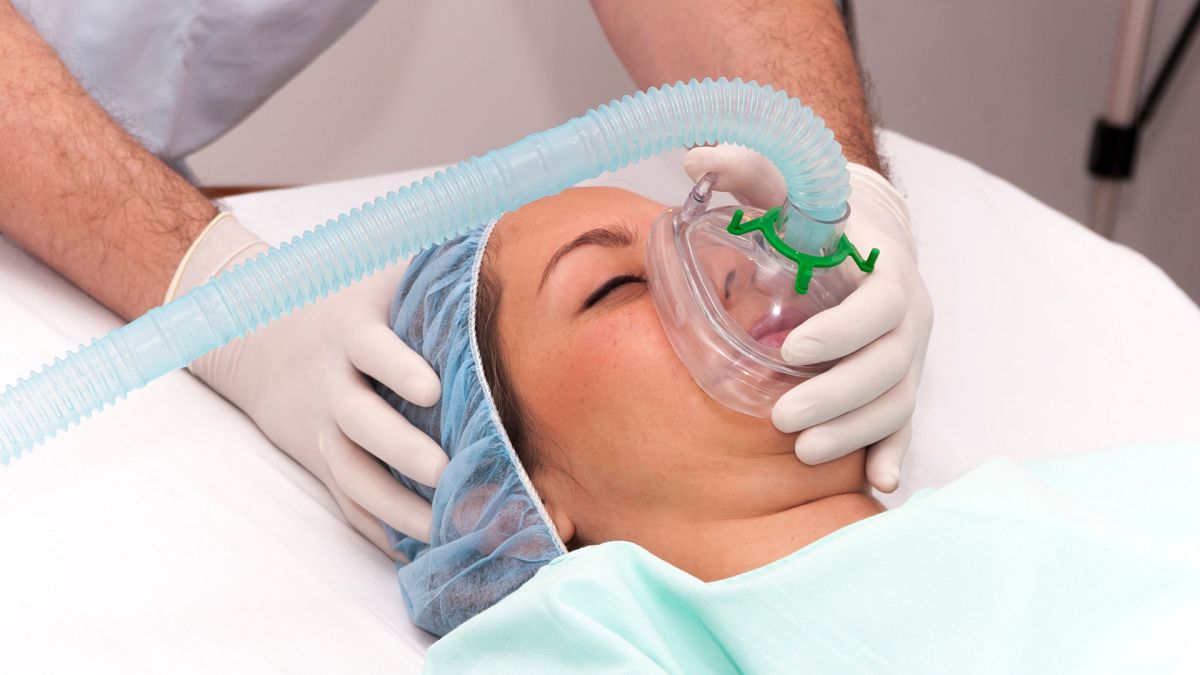Scotland has recently banned the general anaesthetic due to its climate impact.
Scotland has banned the inhaled anaesthetic desflurane due to its devastating impact on the climate. It is the first country in the world to do so.
The gas, which is used to put patients to sleep safely during surgery, has a global warming potential 2,500 times greater than carbon dioxide, according to the UK’s National Health Service (NHS).
Various hospitals in other parts of the UK have already begun phasing out the anaesthetic. NHS England plans to stop using desflurane completely by early 2024, except in exceptional circumstances.
It estimates that this will reduce harmful emissions by around 40 kilotonnes of carbon a year - equivalent to powering 11,000 homes.
Will Europe follow suit in banning desflurane?
The anaesthetic gases desflurane and sevoflurane are hydrofluorocarbons (HFCs) - a group of human-made chemicals that are being phased out in the EU due to their climate impact.
The EU plans to ban the use of desflurane from 1 January 2026, except in exceptional circumstances.
When its use is strictly required and no other anaesthetic can be used on medical grounds, desflurane may still be used after this date.
What is desflurane’s environmental impact and what are the alternatives?
Anaesthetics account for two-to-five per cent of the NHS’s carbon footprint. Other potent greenhouse gases used in these procedures include isoflurane, sevoflurane and nitrous oxide.
On a typical day, anaesthetists can produce up to 500 kg of carbon dioxide equivalent, according to Aneurin Bevan University Health Board (ABUHB)’s anaesthetic department - who were the first in Wales to stop use of desflurane. An average UK citizen’s daily equivalent is 25 kg.
Desflurane is the main culprit with 2,590 times more global warming potential (GWP) than CO2. A 240 ml bottle of desflurane, when vaporised, will produce the equivalent of 886 kg of carbon dioxide, according to the non-profit Centre for Sustainable Healthcare.
This is far higher than the other widely used inhaled agent, sevoflurane, which has a GWP of 130. Nitrous oxide, meanwhile, warms the atmosphere almost 300 times more than CO2 and remains in the atmosphere for over 100 years.
Other anaesthetic techniques such as intravenous agents and regional anaesthesia offer safe alternatives with significantly lower climate impacts.
The impact of anaesthetics could also be reduced by reducing gas flows and developing technology to capture the gases.



